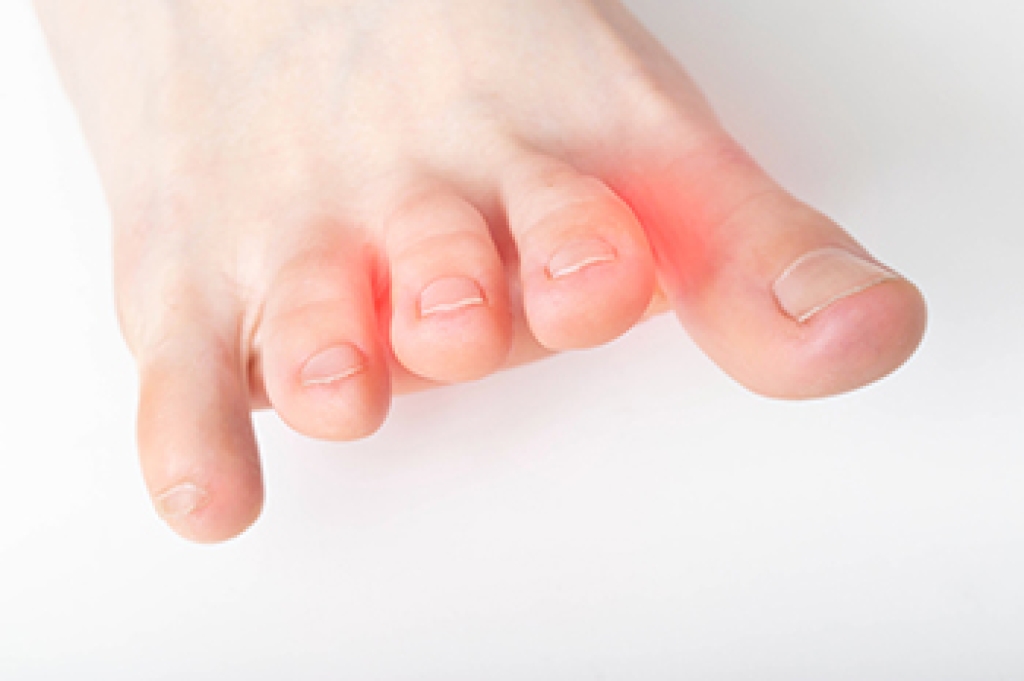
Pinched nerves in the foot, beyond tarsal tunnel syndrome, stem from diverse conditions, necessitating accurate diagnosis for effective treatment. Morton's neuroma, characterized by nerve thickening between toes, and hammertoes, involving abnormal toe bending, can both compress nerves. Additionally, bunion formation at the big toe base can crowd and irritate nearby nerves. Nerve entrapment, resulting from injury or structural abnormalities, and peripheral neuropathy, often associated with diabetes, can also contribute to nerve compression. Symptoms may encompass tingling, numbness, or burning sensations, affecting mobility and comfort. Precise diagnosis by a podiatrist is important for targeted intervention. Treatment may involve a combination of conservative measures such as rest and orthotic devices. In some cases, corticosteroid injections or surgical procedures may be necessary for relief. If you have the symptoms described above, it is suggested that you schedule an appointment with a podiatrist for a proper diagnosis and treatment.
Morton’s neuroma is a very uncomfortable condition to live with. If you think you have Morton’s neuroma, contact Soorena Sadri, DPM of FootWorx Active Podiatry. Our doctor will attend to all of your foot care needs and answer any of your related questions.
Morton’s Neuroma
Morton's neuroma is a painful foot condition that commonly affects the areas between the second and third or third and fourth toe, although other areas of the foot are also susceptible. Morton’s neuroma is caused by an inflamed nerve in the foot that is being squeezed and aggravated by surrounding bones.
What Increases the Chances of Having Morton’s Neuroma?
- Ill-fitting high heels or shoes that add pressure to the toe or foot
- Jogging, running or any sport that involves constant impact to the foot
- Flat feet, bunions, and any other foot deformities
Morton’s neuroma is a very treatable condition. Orthotics and shoe inserts can often be used to alleviate the pain on the forefront of the feet. In more severe cases, corticosteroids can also be prescribed. In order to figure out the best treatment for your neuroma, it’s recommended to seek the care of a podiatrist who can diagnose your condition and provide different treatment options.
If you have any questions, please feel free to contact our office located in Fort Myers, FL . We offer the newest diagnostic and treatment technologies for all your foot care needs.
 Ingrown toenails
Ingrown toenails


